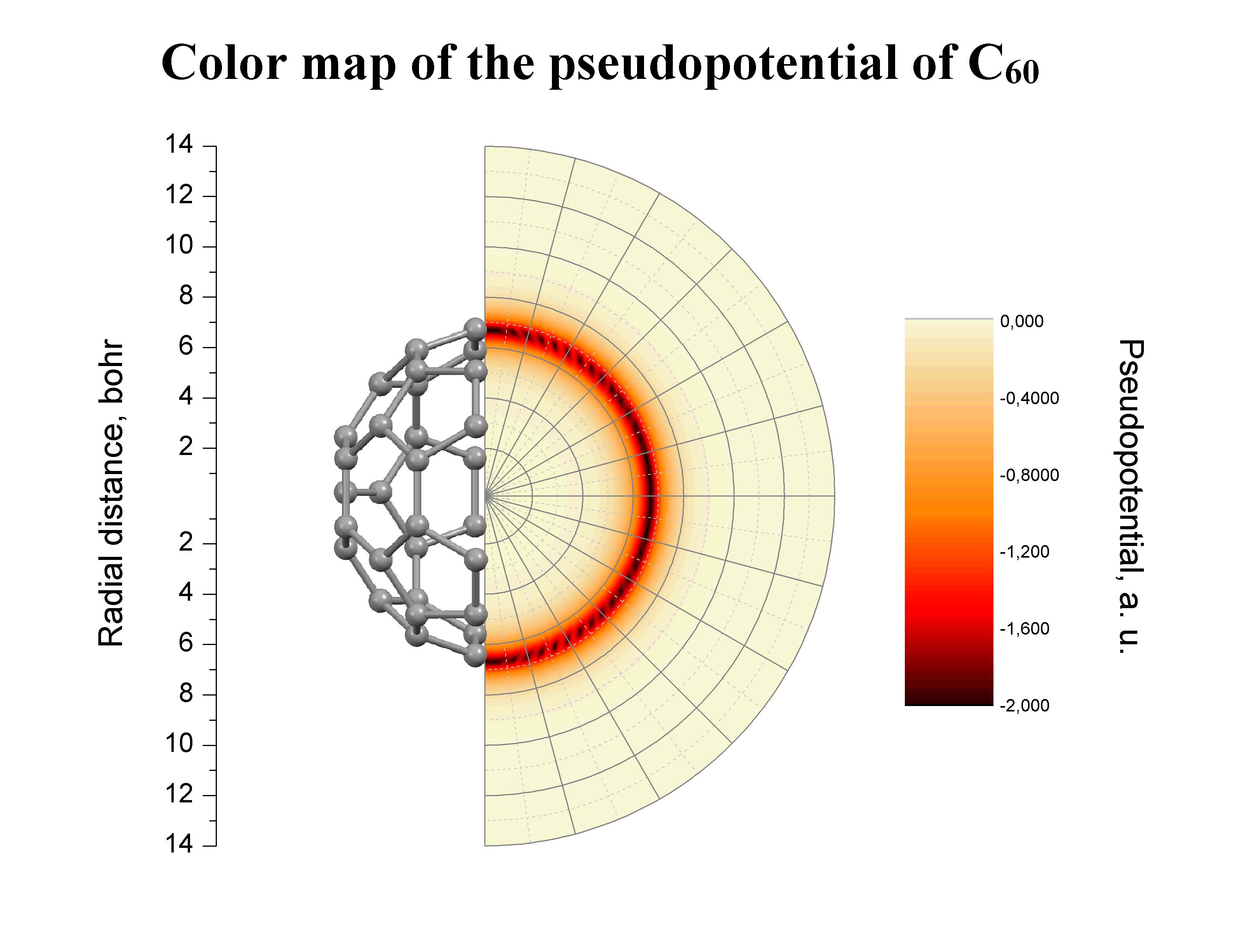EPJ D Highlight - Fullerene compounds made simulation-ready
- Details
- Published on 14 November 2018

New model helps understand compound nanomolecules made of football-shaped fullerenes
What in the smart nanomaterials world is widely available, highly symmetrical and inexpensive? Hollow carbon structures, shaped like a football, called fullerenes. Their applications range from artificial photosynthesis and nonlinear optics to the production of photoactive films and nanostructures. To make them even more flexible, fullerenes can be combined with added nanostructures. In a new study published in EPJ D, Kirill B. Agapev from ITMO University, St. Petersburg, Russia, and colleagues have developed a method that can be used for future simulations of fullerene complexes and thus help understand their characteristics.
Because of the high affinity to the electron and low rearrangement energy, fullerenes, and C60 in particular, tend to play the role of electron acceptors. Specific polymers can therefore transfer electrons to the core of fullerene C60. For example, the best known donor-acceptor compound involving C60 has been used in photoelectric solar cells. In this study, the authors therefore propose a new model showing variations of the C60 fullerene (in its negative ion form (C60-), neutral form (C60), and positively charged ion form (C60+)) that can be used in molecular dynamics simulations. Particularly, understanding its energy - referred to as electrostatic potential energy, or pseudopotential, which depends on the level of correlation of the molecule with its electrons - can facilitate subsequent studies of these complex compounds.
Agapev and colleagues have developed a model which relies on electronic charge densities that are calculated from scratch. By averaging the total electrostatic potential energy over the entire sphere of the fullerene molecule and their dependency over the distance from the centre of the molecule, the authors provide a model of the energy spread of electrons in the various forms of the fullerene molecules. They demonstrate that the electron correlations, combined with the decrease in electronic density, make the potential energy well for electrons deeper.
Kirill B. Agapev, Ivan I. Vrubel and Roman G. Polozkov, Vadim K. Ivanov (2018), The model of the fullerene C60 and its ions C60+, C60- pseudopotentials for molecular dynamics purposes, European Physical Journal D 72: 196, DOI: 10.1140/epjd/e2018-90229-1




